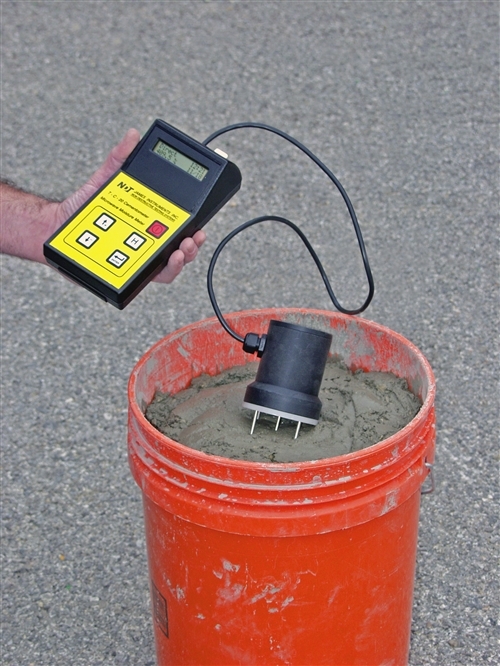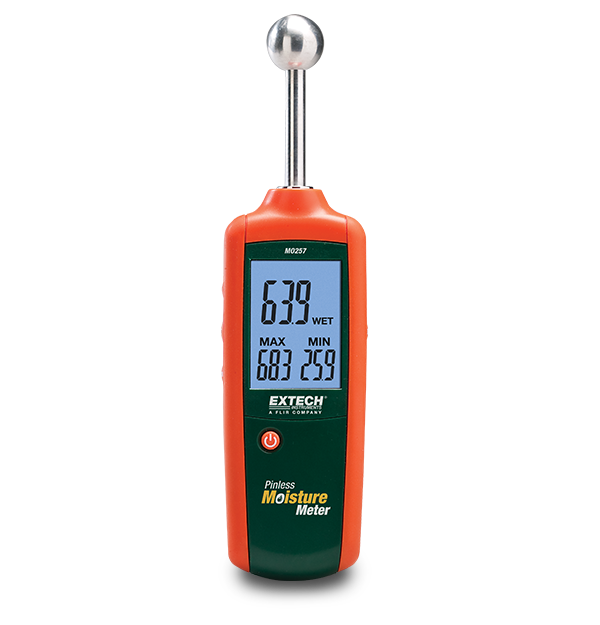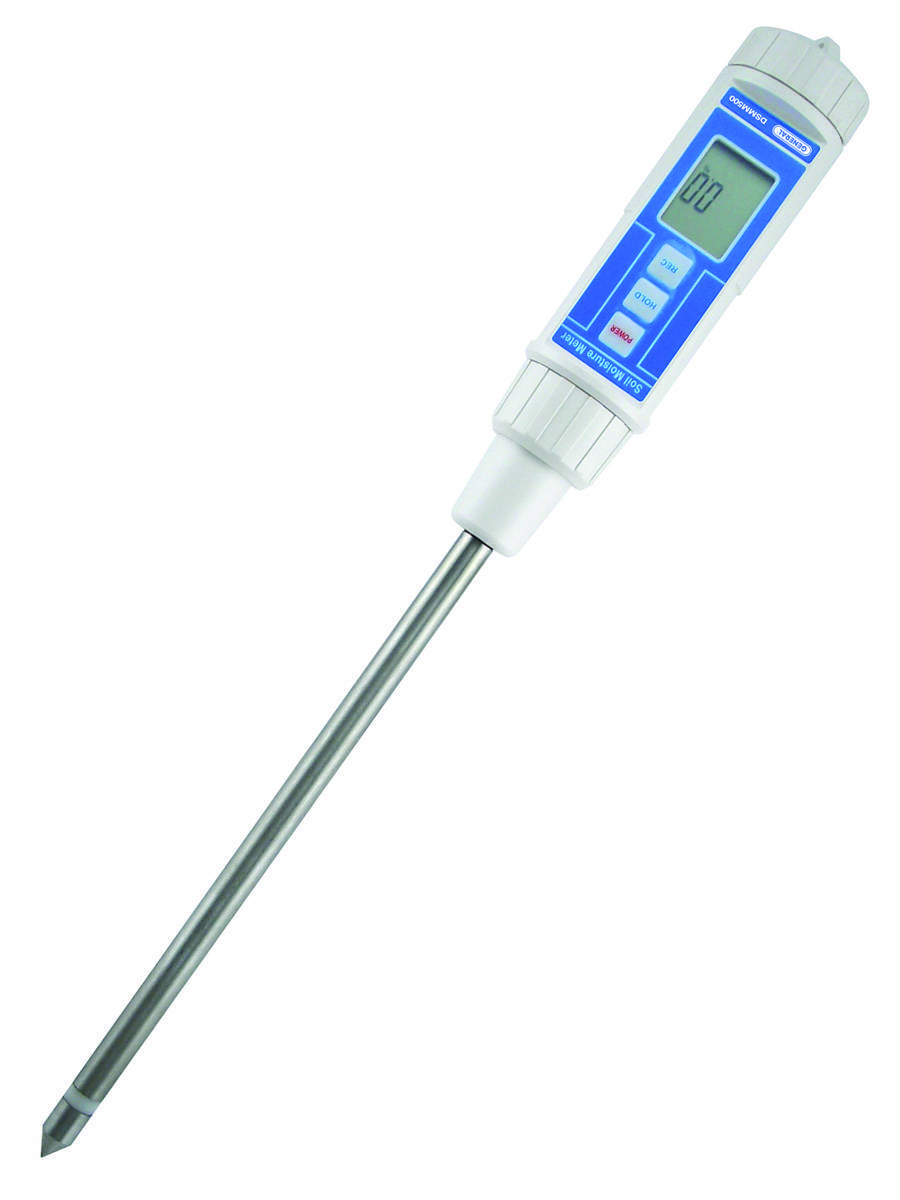The Ultimate Guide to Selecting the Right Moisture Meter for Your Demands
The Ultimate Guide to Selecting the Right Moisture Meter for Your Demands
Blog Article
Understanding the Relevance of a Moisture Meter in Preventing Mold and Water Damages in Your Home
In the realm of home maintenance, the visibility of wetness can usually be a quiet yet formidable enemy, with the ability of triggering prevalent mold growth and insidious water damage if left uncontrolled. Amidst the serene ambiance of a home, concealed moisture problems can make below the surface, posturing a risk to both residential or commercial property and wellness. Geared up with the right tools and understanding, home owners can proactively combat these prospective dangers. Recognizing the significance of a moisture meter in this battle is not simply a choice yet a strategic necessity.

Relevance of Moisture Detection
Efficient moisture detection techniques are vital for guarding residential or commercial properties and stopping prospective mold and mildew growth and water damage. Wetness can leak right into different structure materials, causing architectural problems and carcinogen - Moisture Meter. By making use of a dampness meter, homeowner can proactively identify locations vulnerable to excess dampness, enabling for timely intervention and mitigation strategies
Moisture meters provide exact analyses of wetness levels in different products such as drywall, wood, and concrete. This data aids in determining locations of issue, also in hard-to-reach or concealed locations. Early discovery of dampness accumulation makes it possible for punctual repairs or adjustments to avoid further damages.

Exactly How Wetness Meters Work
Wetness meters play a crucial duty in the proactive recognition of excess dampness, aiding in the prevention of possible mold and mildew growth and water damage by supplying precise readings of moisture levels in different building products. Some advanced dampness meters pin both integrate and pinless innovations for detailed wetness discovery. Comprehending exactly how moisture meters feature is vital for exact and timely wetness degree evaluations, making it possible for efficient precautionary measures versus mold and mildew and water damages.
Finding Early Indication
Upon preliminary examination of a property, identifying subtle indicators of excess moisture comes to be critical in the very early detection of possible mold and mildew development and water damages. Some typical very early indication include mildewy odors, water spots on ceilings or walls, peeling off paint or wallpaper, and deformed or blemished surface areas. Musty smells often show the existence of mold or mildew, even if no noticeable indicators appear. Water spots can signify leakages or infiltration, while peeling off paint or wallpaper may be a result of wetness jeopardizing the attachment of these materials to the surface area. Deformed or tarnished surface areas, such as buckling floorboards or stained drywall, are clear find more info indicators of water damage. Moisture Meter. Furthermore, a boost in allergy signs and symptoms or breathing issues amongst residents may suggest the presence of mold because of excess moisture. By quickly identifying and addressing these very early warning indications, property owners can alleviate the danger of substantial mold and mildew growth and water damages in their properties.


Protecting Against Mold And Mildew Development
Identifying early warning signs of excess moisture within a home not just enables prompt discovery of potential mold and mildew growth and water damages yet likewise serves as a positive procedure in protecting against the expansion of mold and mildew. To successfully stop mold and mildew development, it is crucial to deal with any type of sources of dampness immediately. This can include dealing with leaks in pipelines, home windows, or roofing systems, guaranteeing appropriate ventilation in damp areas like cooking areas and restrooms, and making use of dehumidifiers in high-humidity spaces. Consistently keeping the residential or commercial property and checking's pipes, roof, and gutters can likewise help in avoiding water breach that can bring about mold growth.
Along with attending to moisture resources, keeping interior humidity levels below 60% can significantly inhibit mold and mildew development. Appropriate ventilation, ample insulation, and utilizing air conditioning unit or followers can help manage interior humidity degrees. Checking moisture levels in areas vulnerable to moisture, such as cellars and crawl rooms, utilizing a wetness meter can additionally aid in very early discovery of elevated Get the facts wetness degrees and prospective mold development. By taking aggressive actions to avoid excess dampness and mold and mildew growth, property owners can guard their home and indoor air top quality.
Advantages of Normal Monitoring
Routine monitoring of moisture degrees in a residential or commercial property can play an important role in keeping a healthy indoor setting and protecting against prospective mold and mildew and water damage. By regularly examining wetness degrees, property owners can find any kind of issues immediately and take needed activities to protect against mold growth and water damages.
Moreover, normal monitoring allows house owners to track patterns and fads in dampness degrees over time. Ultimately, the regular tracking of wetness levels equips home owners to protect their building, secure their health and wellness, and protect the integrity of their interior environment.
Verdict
In conclusion, the usage of a dampness meter is important in preventing mold and water damage in homes. By identifying very early warning indicators of wetness, house owners can take positive measures to avoid mold growth and costly repairs.
By utilizing a wetness meter, home owners can proactively recognize areas susceptible to excess dampness, allowing for timely treatment and reduction methods.
Wetness meters provide exact analyses of wetness levels in different Get the facts materials such as timber, drywall, and concrete.Wetness meters play a crucial role in the positive recognition of excess dampness, assisting in the avoidance of potential mold development and water damages by offering precise readings of dampness levels in numerous structure products. Recognizing just how moisture meters function is essential for exact and timely moisture level assessments, allowing efficient precautionary measures versus mold and mildew and water damage.
Monitoring moisture levels in locations prone to wetness, such as basements and crawl spaces, utilizing a moisture meter can additionally assist in very early detection of raised dampness levels and prospective mold development.
Report this page